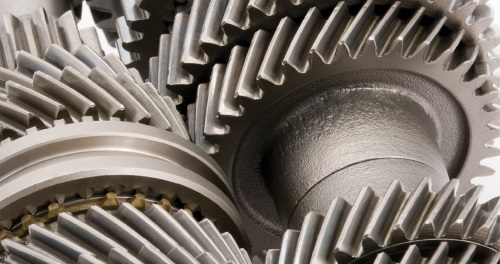Gearmotors have been around since at least the early 20th century, so it’s a fairly well-established technology. (A basic gearmotor is a motor designed with an integrated gear reducer.)
However, that doesn’t mean that gearmotors have not been improved upon over the years. Nor does it mean that they’re an outdated technology. In fact, there is quite a bit new in gearmotor technology in addition to some new interest in gearmotors from a number of industries and applications.
The interest in gearmotors follows a trend in integrated systems in general. As Richard Kirkpatrick, product manager for Variable Speed Motors with Baldor said, “Integrated packages, which bring together drives, gearboxes and motors, are becoming increasingly common across a broad range of industries from material handling to power generation applications.” More specifically, rising energy costs are driving demand for improved process efficiencies. This presents an opening for gearmotors rated below 75 hp, which can be used in a variety of applications and represent a tremendous opportunity for global energy savings.
Brien Shirey, VP of Engineering with CGI Inc., is seeing changing design demands from companies he’s working with. “We are seeing a lot of activity in aerospace, medical, military, alternative energy, semiconductors, packaging and more,” he said. “The design requests are becoming more complex, requiring customization and creative thinking.”
But there have also been advances in gearmotor technology. “Advances have been made with gear tooth forms that can be highly optimized for noise reduction, increases in strength and improved life,” said Shirey. “Also, the availability of new specialty materials, coatings, bearings, and so on is allowing for improved performance in smaller packages.”
And changes in manufacturing and distribution continue to impact gearmotor manufacturers as well. “The marketplace is constantly changing with regard to manufacturing and distribution,” said Shirey. “The increase in competition due to overseas manufacturing is demanding high levels of optimization and a constant push toward more innovative and cost-effective designs and manufacturing processes. Product designs are impacted by these changes in that customers are expecting more complexity with constantly lower costs and immediate solutions. With regard to distribution, customers are constantly demanding diminished lead times or immediately available inventory, again requiring quick thinking to optimize and provide.”



Leave a Reply
You must be logged in to post a comment.